Photodynamic therapy: review finds insufficient evidence of its effectiveness for oral premalignant lesions

This review of photodynamic therapy (PDT) for oral premalignant lesions only identified a small number of poor quality studies that provide insufficient evidence for the effectiveness of PDT for the management of oral premalignant lesions.
[read the full story...]Alcohol consumption increased oral cancer risk

This new review investigated the effect of alcohol on 23 cancer types. They included 572 case-control and cohort studies and using meta-analysis and a dose–response meta-regression model found relative risks for heavy drinkers compared with nondrinkers and occasional drinkers were 5.13 for oral and pharyngeal cancer, 4.95 for oesophageal squamous cell carcinoma, 1.44 for colorectal, 2.65 for laryngeal and 1.61 for breast cancer.
[read the full story...]Slow-release fluoride devices: review finds insufficient evidence to show they reduce dental decay

This new update of a Cochrane review only identified 1 study that randomised 174 children but analysed only 63. While there was a reduction in caries in those children with the slow-release fluoride glass bead the study is at high risk of bias and provides insufficient evidence to determine the caries-inhibiting effect of slow-release fluoride glass beads.
[read the full story...]Zinc supplements may have some benefit in treating taste disorders
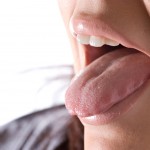
Taste disorders can have a impact of health and quality of life. This new Cochrane review identified 9 trials (566 participants) and found some evidence that zinc supplements could improve taste perception in people with idiopathic taste disorders. However the evidence is not of high quality.
[read the full story...]Dental erosion: information about incidence of erosive wear worldwide remains unclear

Dental erosion is considered to be an increasing problem. However, clear information about the number of people affected is lacking. This review of 22 observational studies suggests that the worldwide prevalence is 30.4% (95%CI 23.8–37.0). However there is considerable heterogeneity between the studies in part related to the number of indices currently being used to measure tooth wear. So the estimate needs to be viewed with caution.
[read the full story...]Root canal posts: review suggests no difference in root fracture incidence between metal-and fibre posts
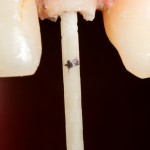
This review compared root fracture rates of metal and fibre root canal posts and found not difference. While 14 studies were included only 7 were randomised trials and all were of low quality so higher quality studies are needed.
[read the full story...]Mandibular advancement devices: Trial suggests they can benefit patients with mild obstructive sleep apnoea-hypopnoea

Obstructive sleep apnoea-hypopnoea (OSAH) affects 2-7% of adults. This trial compared 3 mandibular advancement devices with no treatment for mild disease and found benefits over the short term for a range of outcomes including Apnoea-Hypopnoea Index, the Epworth Sleepiness Scale and cost-effectiveness.
[read the full story...]Orthodontic aligners: little evidence to assess their effectiveness
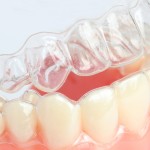
The use of clear orthodontic aligners is increasing, despite searching a wide range of databases this review only identified a limited number of small studies. The quality of the studies was not sufficient to draw any evidence-based decisions on the effectiveness of orthodontic aligners so better quality studies are needed.
[read the full story...]Primary tooth trauma may be associated with developmental disorders in the permanent successors suggests review
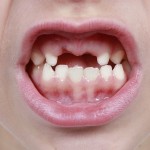
Trauma to primary teeth is relatively common. As the developing permanent teeth are closely related and trauma to primary teeth could adversely affect the permanent successor. This review looked for studies to assess this relationship. Only 17 low quality studies were identified and while they suggest a relationship the low quality means that the findings should be interpreted with caution.
[read the full story...]Lidocaine: trial suggests that buffering may not improve success of inferior alveolar nerve block
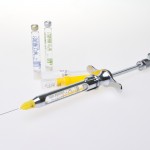
A 2010 Cochrane review that was not able to include any dental studies did find that buffering lidocaine decreased pain on injection and augmented patient comfort and satisfaction. This new dental trial included 80 patients with symptomatic irreversible pulpitis but found no significant difference with success rates with buffered lidocaine.
[read the full story...]